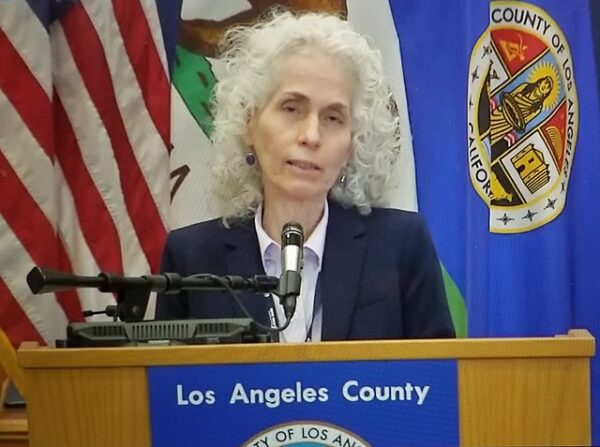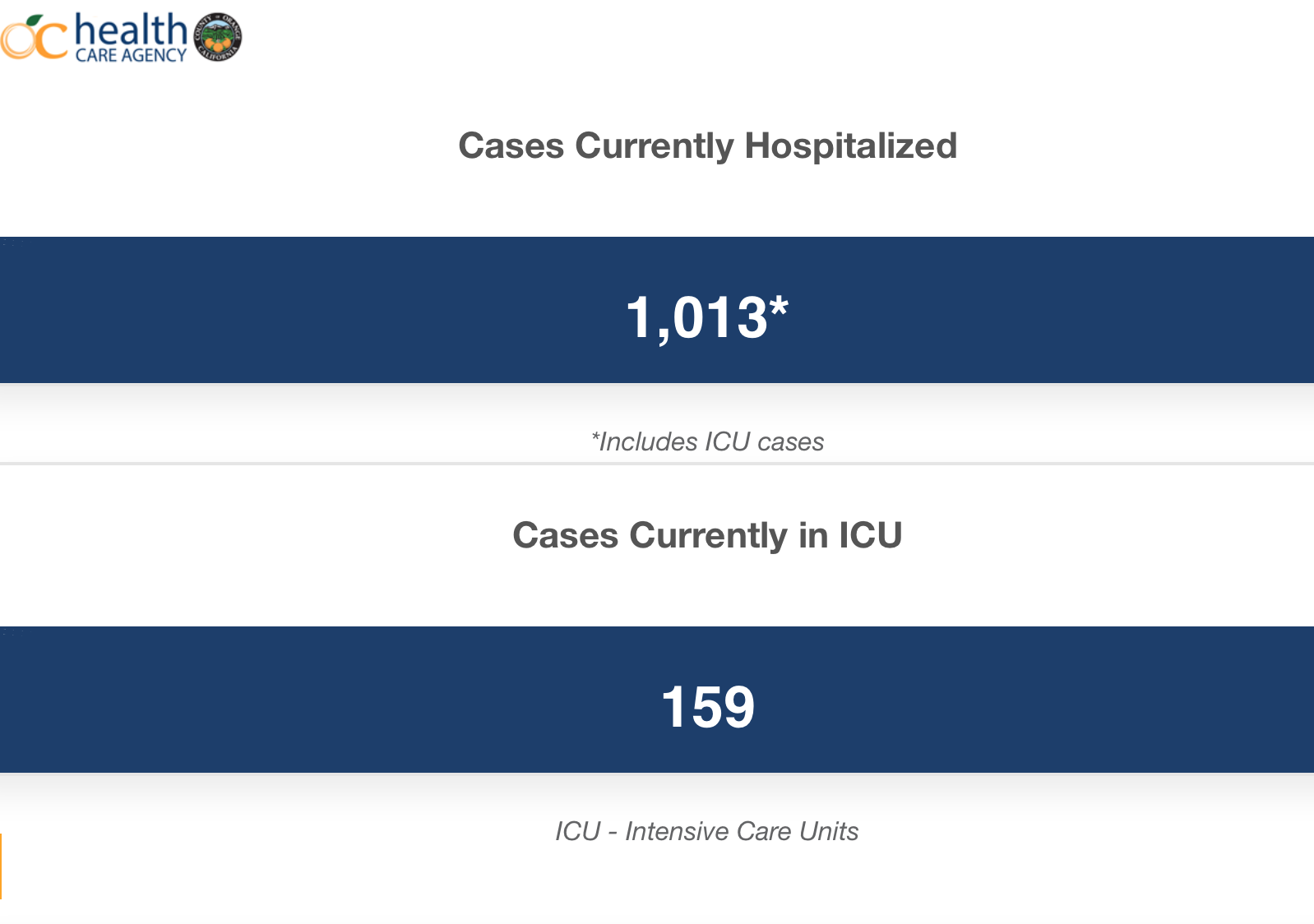Amid a dramatic surge in COVID-19 infections, Los Angeles County’s public health director Tuesday urged residents to avoid non- essential activities in the coming weeks, particularly those that are indoors and involve mingling with unvaccinated or higher-risk people.
Fueled by the Omicron variant of COVID-19, the county is experiencing pandemic-high levels of daily infection reports and the highest rate of virus transmission to date. The county on Tuesday reported 34,827 new infections, along with 15 more deaths.
“While we’re in the surge, we do ask that you exercise more caution, even if you’re vaccinated and boosted,” Public Health Director Barbara Ferrer said during Tuesday’s Board of Supervisors meeting. “One way to reduce transmission is to wear a high-quality mask whenever you’re around non- household members. … We’re also asking that over the next few weeks, we all try to avoid non-essential activities where people are unmasked and in close contact with others.
“We know how important getting together with friends is to our well- being,” she said. “We need to be sure we’re able to keep each other safe. The reality is that parties and events — especially those indoors with unvaccinated individuals or those at high risk for severe illness — make it very easy for this virus to spread. Limiting our time with others to those more essential work-related or school-related activities is a prudent action for everyone to take whenever possible.
“I know this is not the start to the new year we had all envisioned. With the additional tools we have, particularly easy access to free vaccine, we ought to be able to use different strategies to get us through these challenging times. As always though, it takes the cooperation of all of us to move forward with grace and get through this surge.”
Her comments came as state figures showed the number of COVID-positive patients in county hospitals rising to 3,766, up from 3,472 on Monday. The number of those patients in intensive care rose to 513, up from 482 a day earlier.
Dr. Christina Ghaly, the county’s health services director, said that despite rising patient numbers, the Omicron-fueled surge is playing out differently in hospitals than earlier surges. She said last fall, about one- third of COVID patients wound up in ICU care, but that number is only about 10- 15% this time around, at least in the four county-operated hospitals, which likely reflect conditions in other medical centers.
She also said that about 40% of COVID-positive patients at the county hospitals were admitted specifically because of the virus, while the rest only learned they were infected upon admission for something else. During the last surge, 80-90% of the COVID patients were admitted due to virus-related illness.
Ghaly said that despite the changes and numbers that still dwarf last winter’s surge — when more than 8,000 COVID patients were hospitalized — current staffing shortages are creating more critical conditions at hospitals. She pointed to large number of health care workers who have retired or moved into non-front-line positions. She also noted that the surge in COVID infections has also impacted health care workers, leaving many unavailable to work due to illness or exposure.
The situation has also led to longer ambulance response times, in part due to large numbers of workers at private ambulance companies who have failed to meet COVID vaccination requirements, leaving them unable to work, combined with a high amount of people calling in sick.
The time it takes for ambulance crews to off-load patients at hospitals has also risen, she said, thanks to staffing and space issues. Ghaly said three area hospitals — Mission Community Hospital in Panorama City, Little Company of Mary in San Pedro and Antelope Valley Hospital — have all established surge units to help handle the increase in patients.
Ferrer again stressed that while the Omicron variant is easily capable of infecting vaccinated people, the shots are still proving to be effective in preventing infected people from winding up hospitalized.
She said unvaccinated people are nine times more likely to be hospitalized than fully vaccinated people, and 38 times more likely to be hospitalized than people who are fully vaccinated and received a booster shot.
The 34,827 new COVID cases announced Tuesday brought the county’s cumulative total to 2,046,208 since the pandemic began. The 15 deaths gave the county an overall death toll of 27,812.
Health officials have said previously that about 90% of people who died from COVID-19 had underlying health conditions. Of the 13 deaths reported Monday, nine had underlying conditions, according to the county Department of Public Health.
The county’s rolling average rate of people testing positive for the virus was 21% as of Tuesday, down slightly from 21.4% on Monday, and up from 20.6% Sunday and 20.9% Saturday. The rate was less than 1% in November.
According to county figures released last week, of the more than 6.4 million fully vaccinated people in the county, 199,314 have tested positive for the virus, for a rate of 3.1%, while 3,348 have been hospitalized, for a rate of 0.05%. A total of 625 fully vaccinated people have died, for a rate of 0.01%.
Ferrer said Tuesday that as of Jan. 6, 80% of eligible county residents aged 5 and older have received at least one dose of vaccine, while 71% are fully vaccinated. Of the county’s overall population of 10.3 million people, 76% have received at least one dose, and 68% are fully vaccinated.







